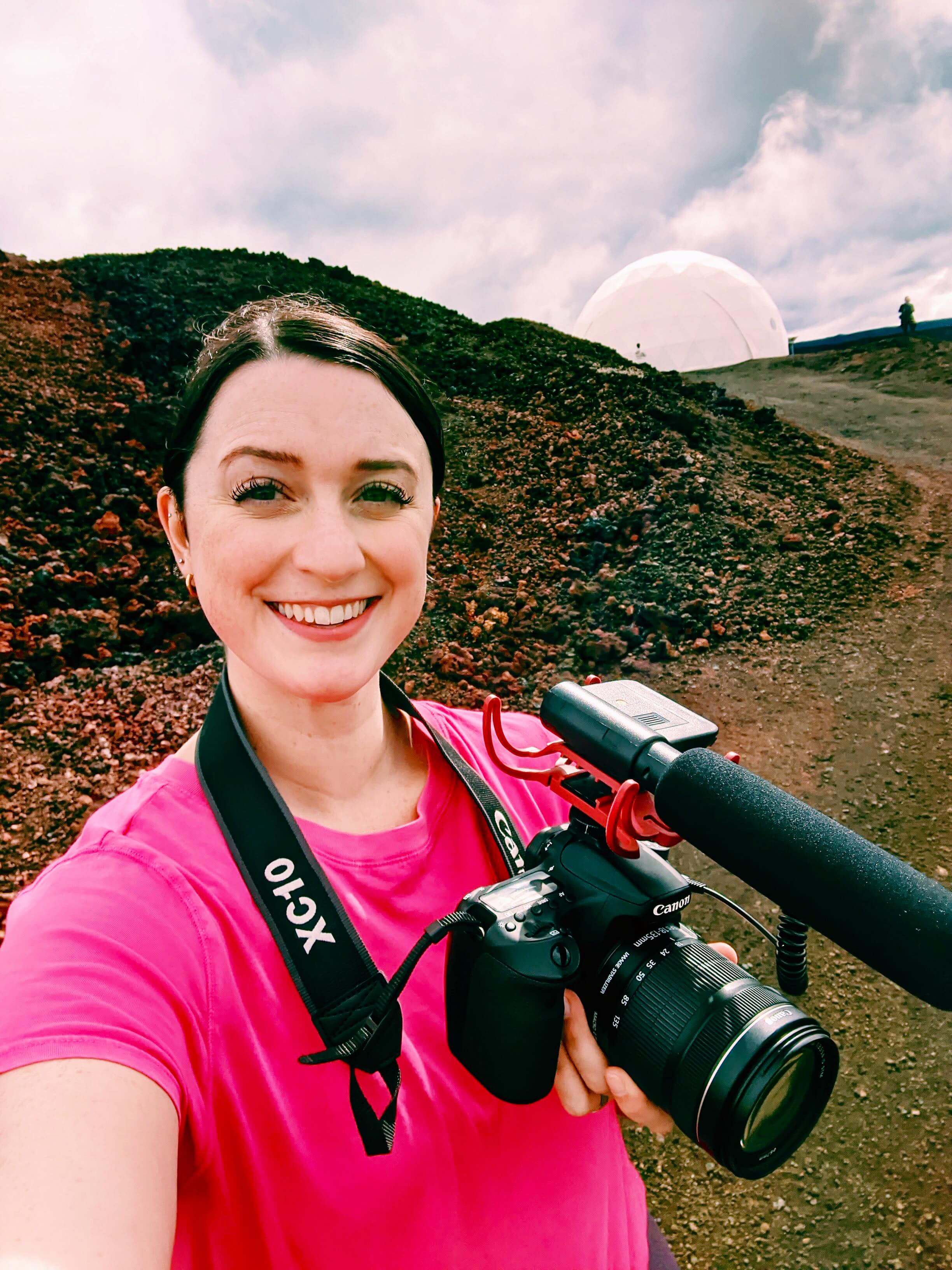50 Years Ago: NASA's Apollo 12 Was Struck By Lightning Right After Launch ... Twice! (Video)
The crew still successfully completed their mission and landed on the moon.
Fifty years ago today, NASA's Apollo 12 mission launched for the moon — and got struck twice by lightning just seconds after the rocket lifted off at 11:22 a.m. EDT on Nov. 14, 1969.
Lightning struck the Saturn V launch vehicle at 6,400 feet in the air, 36.5 seconds after launch and, at 14,400 feet, again at 52 seconds post-launch. The astronauts on board, which included commander Charles "Pete" Conrad, lunar module pilot Alan Bean and command module pilot Richard "Dick" Gordon, reported seeing a bright flash and later even said that they "felt" the lightning strike.
"As a result, many temporary effects were noted in both the launch vehicle and spacecraft. Some permanent effects were noted in the spacecraft and involved the loss of nine non-essential instrumentation sensors," a summary of the events in a NASA paper entitled "Analysis of Apollo 12 Lightning Incident," reads.
Video: Stormy Launch to the Ocean of Storms
Related: Celebrate NASA's Apollo 12 50th Anniversary with These Webcasts
However, thanks to flight controller John Aaron, who had seen the same malfunctions during a flight simulation during training prior to the launch, the team was able to act fast. With Aaron's intel, they knew to reset the Signal Conditioning Equipment (SCE) system and with automatic guidance, the crew was able to safely continue on their journey to the "Ocean of Storms" site on the moon where Conrad and Bean successfully landed on Nov. 19.
Even with two major lightning strikes, the mission was successful and, not only did the astronauts safely travel to, land on and return from the moon's surface, they also deployed the Apollo Lunar Surface Experiments package, a set of scientific investigations that were left on the moon to collect data for scientific research completed back on Earth.
Now, while the "possibility that the Apollo vehicle might trigger lightning had not been considered previously," the paper added, the "Apollo space vehicle design is such that a small risk of triggered lightning is acceptable. In accepting this minimal risk for future flights, launch rule restrictions have been imposed with respect to operations in weather conditions associated with potentially hazardous electric fields."
Breaking space news, the latest updates on rocket launches, skywatching events and more!
- Apollo 11 at 50: A Complete Guide to the Historic Moon Landing
- SPACE.com Special Report - THE MOON: Then, Now, Next
- Apollo 12: The Pinpoint Mission
Follow Chelsea Gohd on Twitter @chelsea_gohd. Follow us on Twitter @Spacedotcom and on Facebook.


Chelsea “Foxanne” Gohd joined Space.com in 2018 and is now a Senior Writer, writing about everything from climate change to planetary science and human spaceflight in both articles and on-camera in videos. With a degree in Public Health and biological sciences, Chelsea has written and worked for institutions including the American Museum of Natural History, Scientific American, Discover Magazine Blog, Astronomy Magazine and Live Science. When not writing, editing or filming something space-y, Chelsea "Foxanne" Gohd is writing music and performing as Foxanne, even launching a song to space in 2021 with Inspiration4. You can follow her on Twitter @chelsea_gohd and @foxannemusic.

